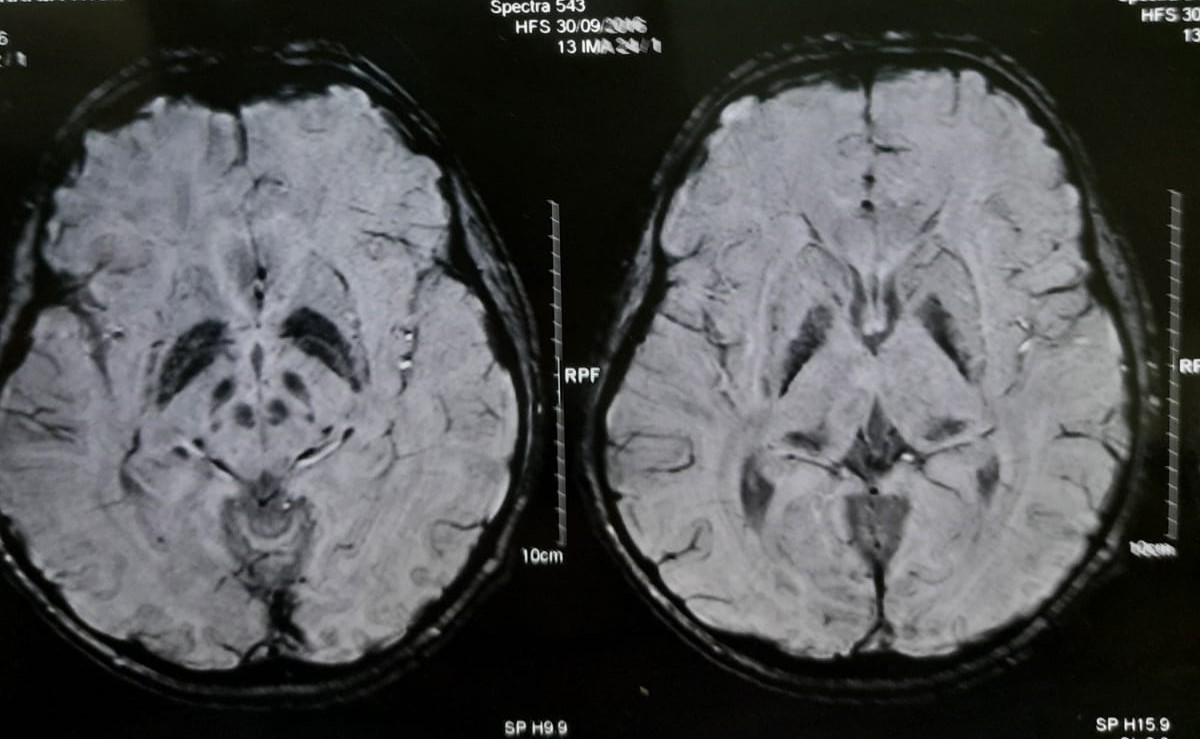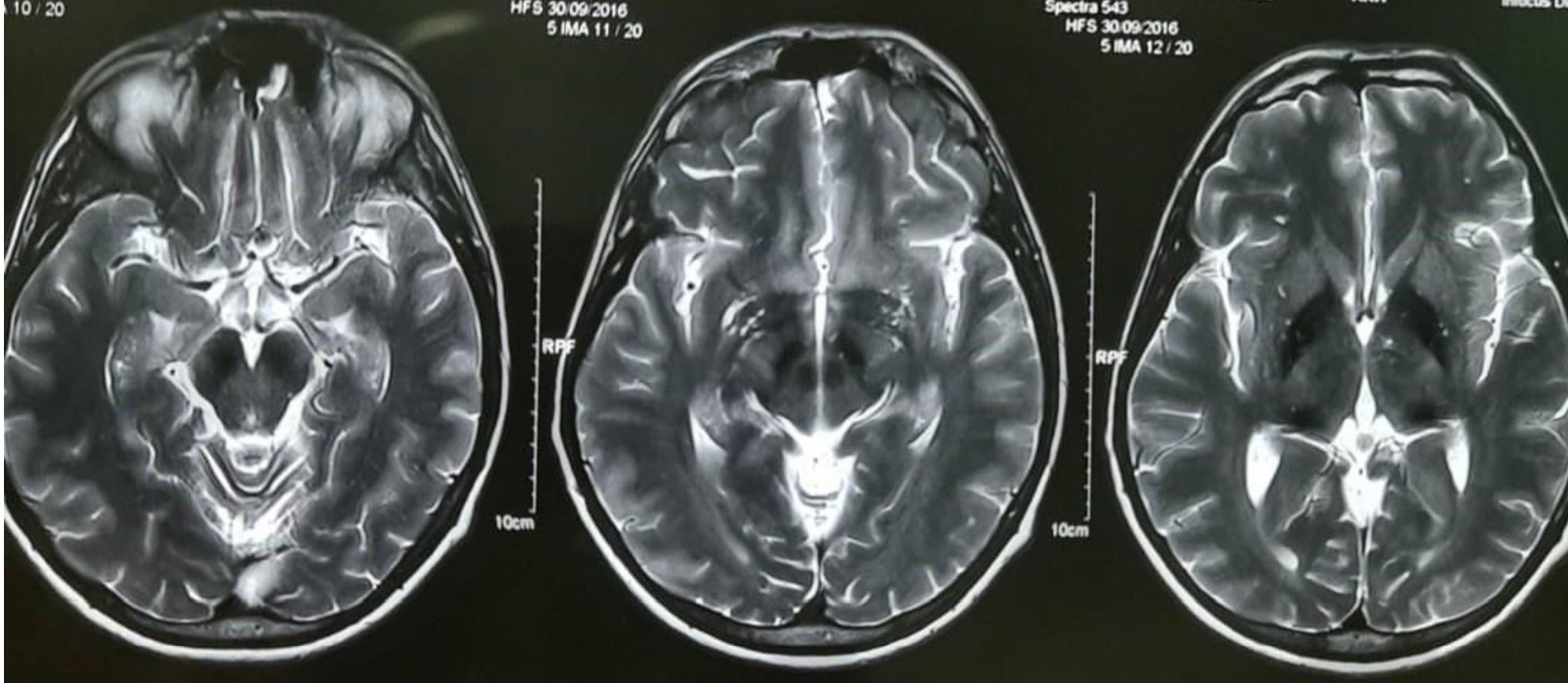Category: Parkinson's Disease: Genetics
Objective: Please consider RAB39B gene when encountering a young onset dystonia Parkinson phenotype alongside non-progressive intellectual disability and brain mineral deposits. This consideration is crucial due to the potential for levodopa responsiveness and subsequent improvement in quality of life.
Background: Here, we describe a case of levodopa responsive Waisman syndrome with subsequent development of motor fluctuations due to a pathogenic hemizygous single base pair deletion in the RAB39B gene (Exon1, c.137del).
Method: A 48-year-old right-handed male with a 8-year history of progressive symptoms including right sided tremor, involuntary jaw opening movements, decreased sleep and overall motor with gait difficulties. Delayed milestones, and only completed primary education. He had abnormal posturing of digits of all 4 limbs (upper limbs > lower limbs) since childhood. A markedly elongated face with hypomimia, slow saccades with broken pursuit, and tongue bradykinesia with jaw opening dystonia. Poor shoulder shrug (right>left), right sided rest tremor, limb rigidity in all 4 limbs, and dystonic posturing with fixed deformities in some digits were also noted. Gait was slow with freezing on turning & decrease arm swing on both side (right>left). (Video-1) The rest of the neurological examination was unremarkable. Brain MRI (magnetic resonance imaging) showed moderate mineral deposits in bilateral globus pallidi, substantia nigra and posterior thalami. (Image-1 & 2). Exome sequencing revealed, pathogenic hemizygous single base pair deletion in the long arm of the X chromosome (Exon1, c.137del).
Results: To date, only a few families and some sporadic cases have been described. In addition to X-linked intellectual disability (XLID) & YOPD, our patient exhibited several notable features. These included prominent dystonia, proximal limb weakness, insomnia, brain MRI changes indicative of mineral deposits in basal ganglia and parkinsonian features that responded to levodopa treatment. As the illness progressed, our patient developed motor complications in the form of on-off variations, dyskinesias, and dystonias.
Conclusion: In any patient with non-progressive intellectual disability, early onset parkinsonism, prominent dystonia, insomnia and mineral deposits in the basal ganglia, a RAB39B gene mutation should be considered as a potential cause, given its responsiveness to levodopa treatment.
minerals in basal ganglia & thalami
minerals in basal ganglia & posterior thalami
To cite this abstract in AMA style:
N. Barad. Young onset Dystonia-Parkinsonism, Intellectual Disability & Mineral deposits in Basal ganglia – Think “RAB39B” mutation [abstract]. Mov Disord. 2024; 39 (suppl 1). https://www.mdsabstracts.org/abstract/young-onset-dystonia-parkinsonism-intellectual-disability-mineral-deposits-in-basal-ganglia-think-rab39b-mutation/. Accessed November 8, 2025.« Back to 2024 International Congress
MDS Abstracts - https://www.mdsabstracts.org/abstract/young-onset-dystonia-parkinsonism-intellectual-disability-mineral-deposits-in-basal-ganglia-think-rab39b-mutation/


